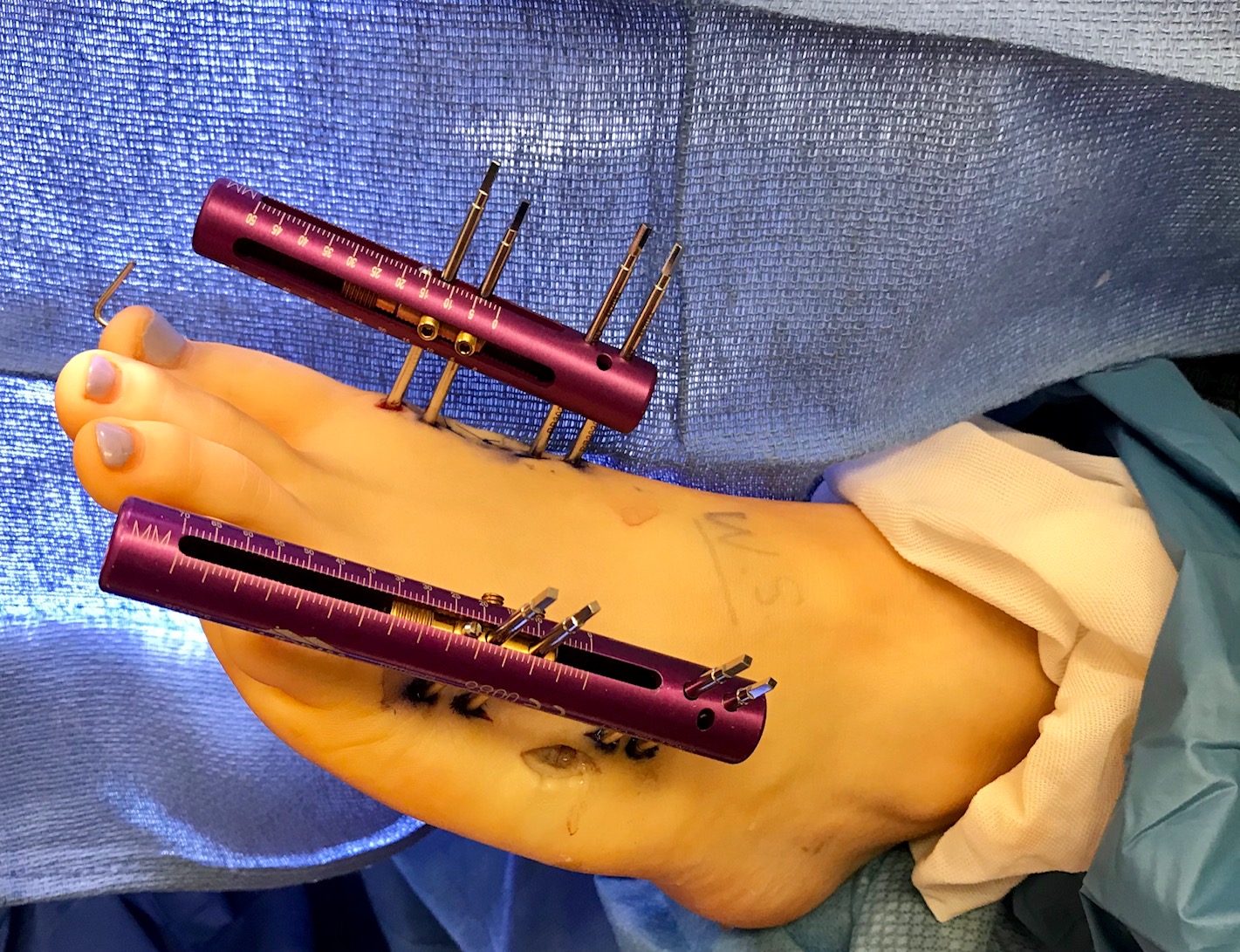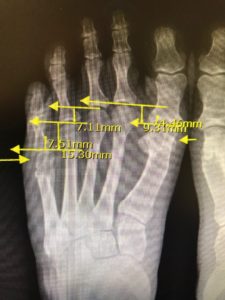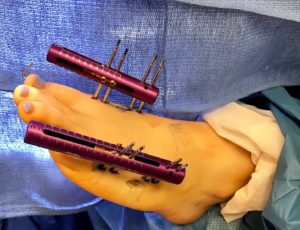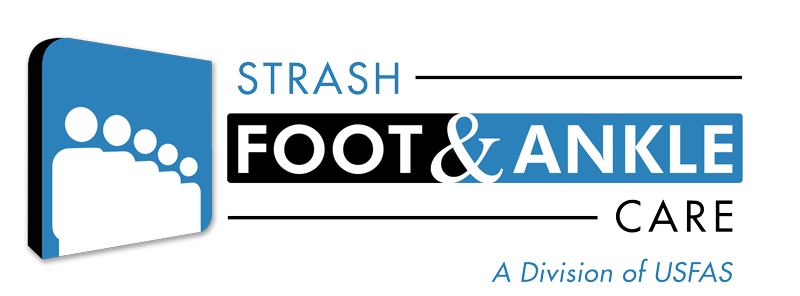
09 May Growing Bone | Reconstructive Foot and Ankle Surgery
I’ve written about failed foot and ankle surgery in the past and some of the ways this problem can be treated. Reconstruction of the foot and ankle can take many forms as there are an infinite number of complications that can arise after foot and ankle surgery. One of the most challenging complications I see are shortened metatarsals. This occurs genetically (brachymetatarsia), iatrogenically (surgeon caused) and rarely from trauma.
Over the years I have seen patient’s who have had surgery by other foot and ankle surgeons where osteotomies have been performed and subsequent excessive shortening to the metatarsals (metatarsals are the long bones in our feet) have been created. The problem is one of the metatarsals become short and there is pain at the surrounding area of the forefoot. The short metatarsal is no longer doing the “work” that it was doing before the surgery. What has occurred is the functional parabola of the forefoot has been disrupted and now the patient has pain.

The main reasons for treatment include:
- Pain, swelling
- Trouble with walking/activities
- Difficulty finding shoes that fit/are comfortable
- Causing you embarrassment or psychological pain
There are conservative ways to treat this problem such as orthotic therapy, however using the orthotics in a shoe is bulky and limits the styles of shoes one can wear. There’s good news – it’s possible to grow or lengthen bone! There’s even more good news, I LOVE correcting this condition – it’s really rewarding to see someone’s self-confidence return AND pain eliminated. A shortened bone can be grown out to length using a process called distraction osteogenesis of metatarsals (see below photo).

How is this possible? During surgery by preserving the pereosteum (this soft tissue provides nutrition to bone) and applying seven to 10 days of compression to the cut bone, it is possible to gradually (0.5 mm/day) grow and elongate bone (remember the movie GATTACA?). This is amazing and life changing, especially for individuals who may have suffered a short metatarsal as a result of a surgical mistake or complication.

Bottom line, there’s absolutely NO reason why you should have to live in pain. If you’re having pain after foot surgery contact my office, today. My staff and I would love to see you, and our promise to you is always to help you put your best foot forward, again!

